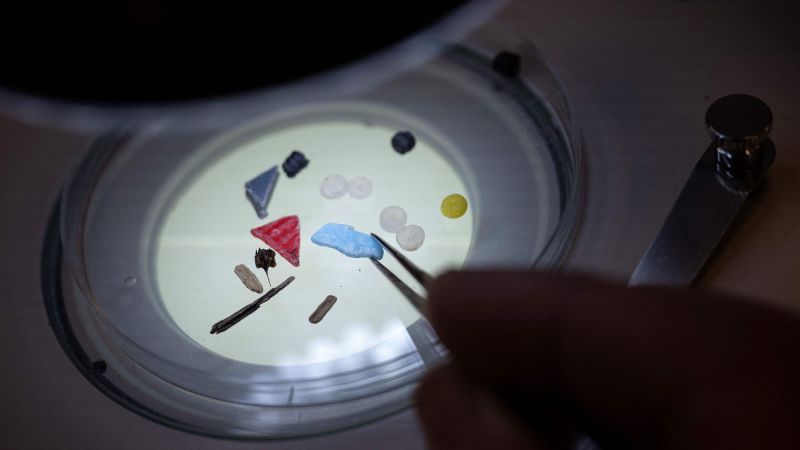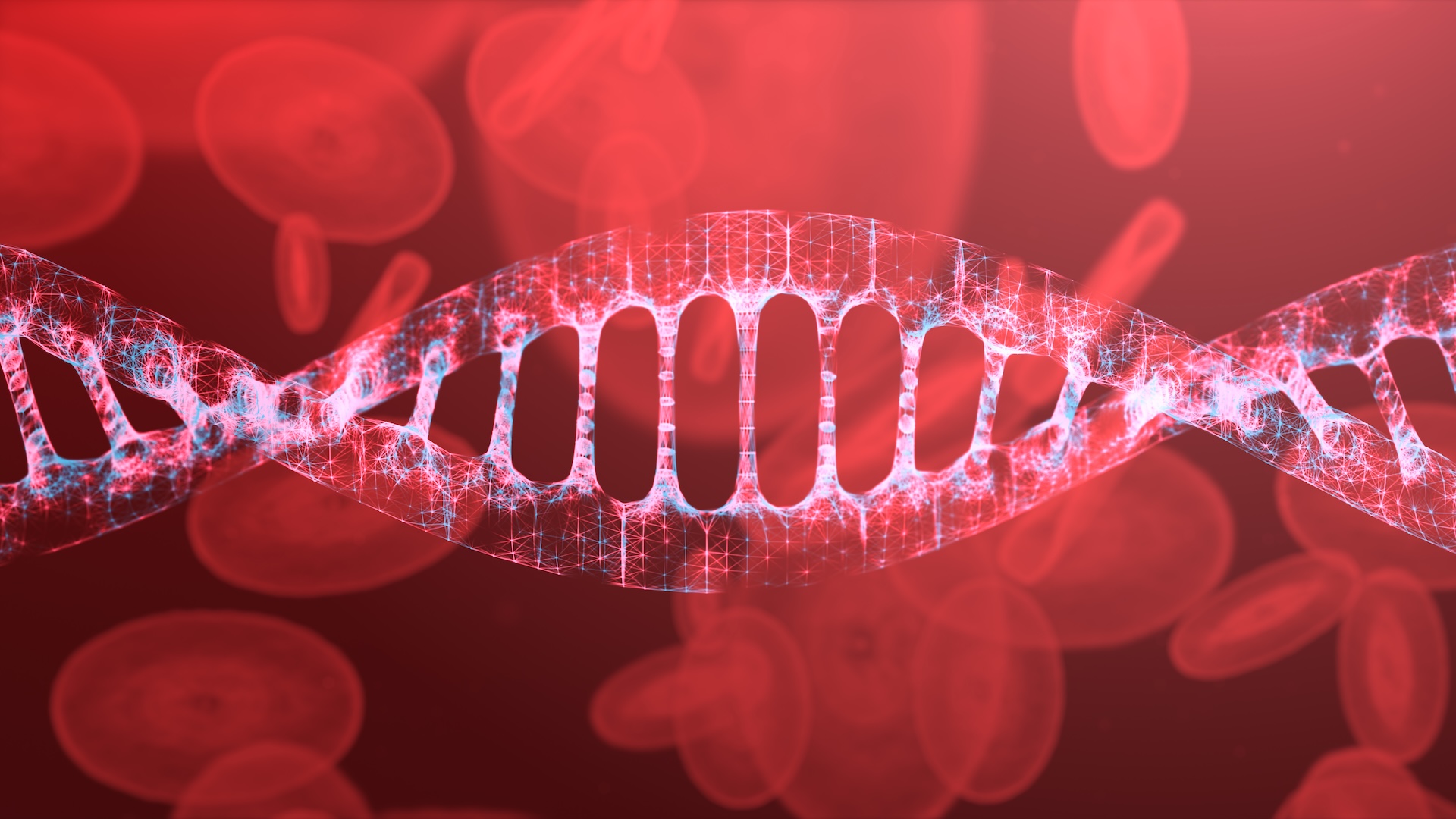A recent scientific study has unveiled a concerning truth, confirming the pervasive reach of environmental plastic pollution: microplastic particles have been definitively discovered within human reproductive fluids, specifically in semen and follicular fluid. This groundbreaking finding represents a significant milestone, deepening our understanding of how ubiquitously these minute particles have infiltrated human biological systems, particularly those fundamental to reproduction. The research underscores an escalating environmental challenge that is now demonstrably impacting human physiology, raising critical questions about long-term health outcomes.
Researchers involved in the study meticulously identified various types of microplastics, including common polymers like polyethylene and polyvinyl chloride (PVC), within these vital reproductive samples. The presence of such diverse plastic fragments within semen, a fluid essential for male fertility, and follicular fluid, which surrounds and nourishes developing egg cells, confirms that microplastics are not merely an external environmental contaminant but have successfully permeated internal physiological barriers. This infiltration highlights the profound extent to which human exposure to plastic pollution has progressed, moving beyond ingestion and inhalation to internal systemic presence.
The infiltration of microplastics into the human reproductive system raises immediate and profound concerns for reproductive health. While the exact mechanisms by which these particles traverse biological membranes and the specific impacts they exert on cellular and organ function are still being investigated, their mere presence in such sensitive environments is alarming. This discovery compels the scientific community to accelerate research into the direct effects on gamete viability, embryonic development, and overall fertility rates, which could have far-reaching societal implications.
While the full toxicological implications of microplastics within human reproductive systems remain an area of active investigation, early hypotheses suggest potential risks ranging from endocrine disruption to inflammatory responses and oxidative stress, all of which could impair reproductive function. The particles, due to their size and chemical composition, may act as carriers for other environmental pollutants or exert physical damage at a cellular level. Understanding these complex interactions is paramount to assessing the true scope of the threat and developing targeted interventions to mitigate potential harm.
This pivotal research underscores the urgent necessity for comprehensive, multi-disciplinary studies to thoroughly assess the toxicological impact of microplastics on human health, especially concerning fertility and developmental outcomes. Such investigations must go beyond mere detection to explore dose-response relationships, long-term exposure effects, and the potential for synergistic interactions with other environmental contaminants. Robust scientific evidence is crucial for informing public health policies and guiding preventative measures.
The findings also serve as a stark reminder of the pressing need for global initiatives aimed at dramatically reducing plastic waste and mitigating environmental contamination on an unprecedented scale. Current environmental protection strategies and individual consumption habits must be reevaluated in light of this new evidence. Governments, industries, and individuals alike share a collective responsibility to adopt sustainable practices, minimize single-use plastics, and invest in innovative waste management solutions to safeguard both ecological health and human well-being.
In conclusion, the discovery of microplastics in human semen and follicular fluid marks a critical juncture in our understanding of environmental pollution’s pervasive impact on human biology. This emerging body of scientific research emphasizes that continued, unmitigated exposure to microplastics could pose a significant, underappreciated threat to human health, particularly reproductive capabilities. Addressing this complex challenge requires concerted, global action to reduce plastic pollution and protect future generations from its increasingly apparent biological consequences.
Discover more from The Time News
Subscribe to get the latest posts sent to your email.





